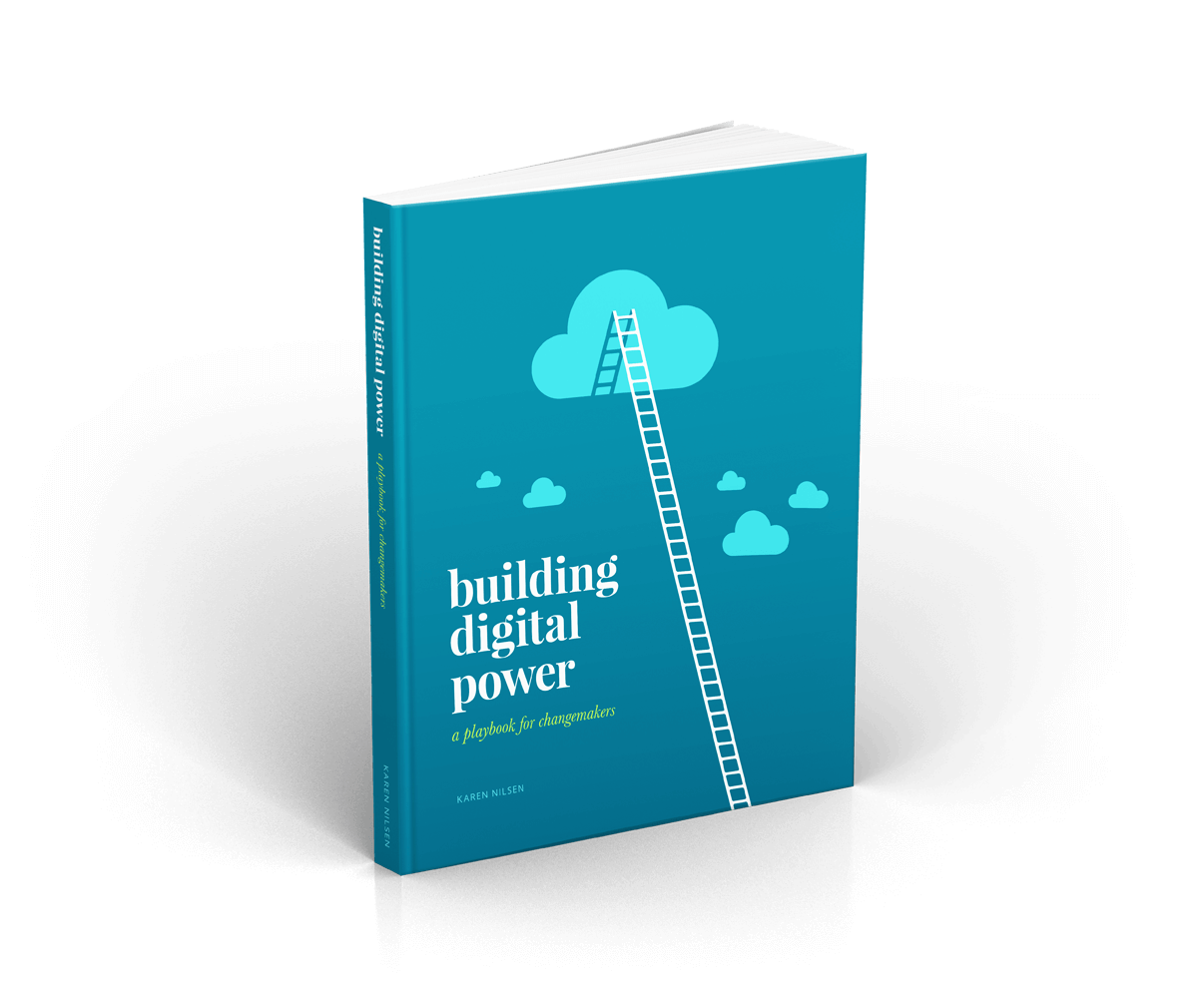A Beginner’s Guide to Segmentation
So you’ve cracked the code to writing a great email. The next step is to push it out to as many people as possible, right? Wrong.
Segmentation is the practice of dividing your supporters into meaningful groups to enable you to communicate more effectively with them.
The two big reasons to embrace segmentation
- You can target your actions and appeals to those most likely to act or donate. This keeps your emails relevant and avoids negative engagement patterns that fuel fatigue.
- You can tailor your message to the interests of your audience. Among other things, this lets you deliver the same ask in different ways to enhance conversion.
Get comfortable with your data
If you don’t see yourself as a ‘tech’ person, even the word ‘data’ might push you to the brink of your comfort zone. But if you want to be an effective digital communicator, data is your domain, too. Every time your supporters interact with you, you should be gaining a little more intel on who they are, how they want to engage, and what issues interest them most. Capturing both profile data and behavioral data will enable you to segment effectively. Here’s a rundown of the data you need to collect.
Unlock new ways of communicating
Once you are able to feed your data through a segmentation tool, the possibilities are limitless:
- Segmenting for donation commitment level will allow you to give special attention to high-value donors and make them feel amazing.
- Using the RFV (Recency, Frequency, Value) model, you could segment to the parts of your list that are most likely to give a donation at any moment in time.
- Segmenting action-takers who’ve engaged on a specific campaign lets you report back and deepen their interest on an issue they care about.
- Segmenting out those same people will allow you to nudge any laggards into action.
- Segmenting meat-reducers from vegetarians/vegans will allow you to pitch the most appropriate support and encouragement to the right people at the right time.
Using segmentation doesn’t mean you can’t also send full-list broadcasts. Your full list is a ‘segment’, too! However, if we only ever use a ‘one size fits all’ approach, we’re setting ourselves up for low engagement. Most of us rely on supporters to fuel our mission in different ways. We therefore need tailored approaches that are optimized for different supporter pipelines. Not every donor will want to be a vegan advocate. Not every online activist will want to be a fundraiser. There are smart ways to invite supporters to ‘cross the divide’. But when all you have to work with is full-list communication, the best you can do is under-ask the most receptive supporters and over-ask the least. There are better ways!
How to build your own digital power, in 200 pages.
Free eBookAvoid rookie mistakes
What you gain in tailored communication, you can quickly lose in visibility. That can lead to complexity and unintended consequences. Know what you’re getting yourself into—keep your supporters happy by actively avoiding these 3 common segmentation mistakes.
Think bigger with off-site segmentation
Email is not the only channel that allows you to harness segmentation. New technologies are making it accessible for non profits to reach audiences beyond their subscriber list with retargeting, custom audiences, and lookalike audiences. Find out how to take advantage of off-site segmentation to ease pressure on your email list and tailor the full digital experience of your supporters.
A team effort
Segmentation lives at the intersection between supporters’ needs, program needs, and organizational needs. This is a powerful place. But there’s a three-way tension here that will create conflict unless it’s well managed. The best segmentation strategies are born of a meeting of minds between communicators (including campaigners and fundraisers), tech managers, and digital strategists.
- Communicators need to get across the data in order to understand their audience. Don’t expect someone to tell you how to make the most of the data that’s available. You might be the first to realize its full potential. Ask questions. Make suggestions. Know when to ask for more.
- Tech managers are responsible for ensuring that the right data is being captured, and that it is accessible to communicators.
- Strategists and leaders must add to this by fostering an organization-wide supporter-centric culture that drives sustainable engagement to the benefit of all supporter-facing departments.
If it sounds complex, that’s because it is. A whole-organization supporter-centric approach will require careful planning, broad buy-in, and ongoing attention. But the success of your digital campaigns, education, and fundraising efforts are worth it.
Was this tip useful?


Get a free weekly digital strategy tip:
Unsubscribe any time. We respect your data. View the privacy policy.
Like this tip? Share it!






